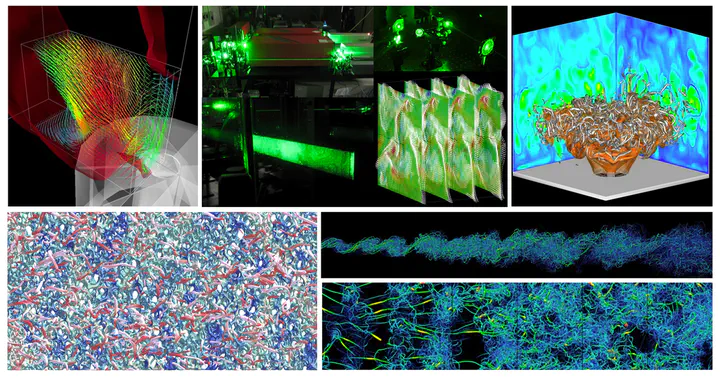Large-Eddy Simulation of a Boundary Layer with Unsteady Pressure Gradient
 Image credit: TSFP-12
Image credit: TSFP-12
Abstract
We use large-eddy simulations to investigate a spatially developing turbulent boundary layer with a space- and time-dependent pressure gradient. The free-stream velocity is prescribed, and the flow oscillates between times in which a favorable pressure gradient is followed by an adverse one, a zero pressure gradient, and a period in which the adverse pressure gradient is followed by a favorable one. The alternating favorable and adverse pressure gradient causes the flow to periodically separate and reattach from the wall. Several cases have been investigated for a range of reduced frequencies k spanning the range between very rapid flutter-like motions to slower flapping. Time-averaged and phase-averaged fields are analyzed, and comparison is made with steady cases with fixed pressure gradients.